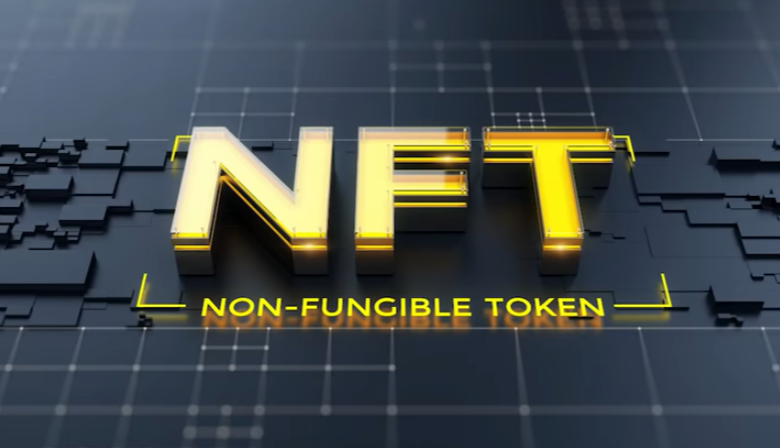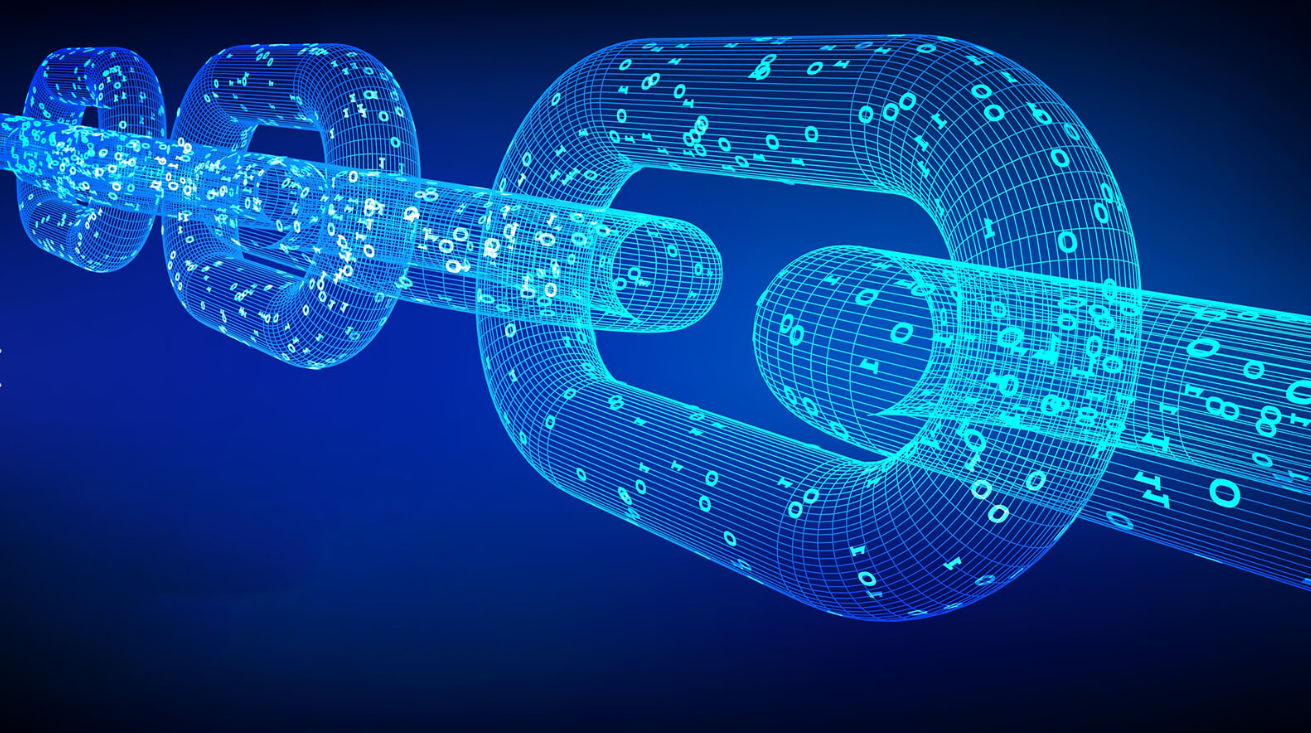What is Litecoin? Litecoin is a cryptocurrency that is built on the Bitcoin code. It uses a blockchain to track transactions and is secure, but it is also relatively easy to use.
Litecoin has been around since 2011, and its developers have worked hard to maintain its core code and system. Its founder, Charlie Lee, is still active in the project and has been a major contributor to its growth.
Litecoin is a peer-to-peer payment network
Litecoin is a peer-to-peer payment network that was founded in 2011 by Charlie Lee, an MIT graduate and former Google engineer. It is an alternative to Bitcoin and was designed to improve upon the original cryptocurrency’s features.
In a nutshell, Litecoin acts as a decentralized, crypto payment network that is faster and cheaper than Bitcoin. It is based on the same source code as the original coin, but with some changes.
The Litecoin blockchain is designed to handle much more traffic than its counterpart, Bitcoin, which means that merchants are able to receive their payments more quickly and efficiently. This makes Litecoin an attractive cryptocurrency to use for online transactions.
Moreover, Litecoin’s block generation times are much lower than those of Bitcoin’s (2.5 minutes compared to 10 minutes). It also allows for a higher number of blocks to be generated in a shorter amount of time. Using a micropayment channel, Litecoin’s blockchain is also relatively cheap and can be used for smaller transactions, which can be more economical for merchants.
This means that Litecoin has the potential to be one of the most popular cryptocurrencies. However, it is important to remember that Litecoin is still in its early stages and is subject to volatility.
If you’re looking to invest in Litecoin, you’ll need to choose a secure wallet and use a crypto exchange to buy it. You can find a range of secure wallets on the market, as well as crypto exchanges, such as Binance, Kraken, and others.
To use a crypto exchange, you’ll need to fill out a form with personal information and complete KYC procedures. After you’ve completed these steps, you can deposit funds to purchase tokens.
You can then deposit those tokens into your Litecoin wallet, which will allow you to access the coins and send them to other users. In addition, you can exchange them for other cryptocurrencies, or use them to pay for goods and services.
Although Litecoin has the potential to be among the most popular cryptocurrencies, it is subject to volatility and sector-wide risks. Even if it does become a successful alternative to Bitcoin, that doesn’t mean it will see widespread adoption. Until then, you should carefully consider your investment decisions.
It is a digital currency
Litecoin is a cryptocurrency that was created in 2011 by a former Google employee named Charlie Lee. It is a fork of the Bitcoin blockchain, and it uses the proof-of-work consensus mechanism to verify transactions. Like Bitcoin, Litecoin is a peer-to-peer currency and has a low transaction fee. It is a great way to make payments online quickly, as it allows verifications to occur in minutes instead of hours, which can save you money on transaction fees.
Compared to Bitcoin, Litecoin has a lower block generation time and a lower maximum supply of LTC mined (84 million, versus 21 million for Bitcoin). Its mining algorithm is also newer and requires less computing power. The mining process is also faster and cheaper on Litecoin, which makes it an attractive choice for beginners looking to get involved in the cryptocurrency world.
While the cryptocurrency market is still in its early stages, Litecoin is currently one of the most popular digital currencies available. Its price has risen by more than 170% since January 2021 and is currently trading near its all-time high.
It is an open-source platform that uses the cryptography-based technology of blockchain to record and verify transactions in a decentralized manner. The project is funded by a community of users and businesses that use the cryptocurrency to conduct transactions across the globe.
The network uses a proof-of-work consensus mechanism to verify the legitimacy of each transaction and ensure that all information in the blockchain is valid. Miners earn a reward for solving complex mathematical problems called hashes to add new blocks to the network. These blocks are stored in the block chain, which is the public ledger of all Litecoin transactions.
Because the blockchain is decentralized, there are no central authorities to regulate it. This means that it can be used anywhere in the world without a middleman. This can be an advantage for businesses that are seeking to operate in a global marketplace.
In addition to its use as a form of payment, Litecoin is also widely used for storing and trading value. It can be stored in a variety of different wallets, including mobile-based digital wallets and desktop or exchange wallets.
It is a decentralized network
Litecoin is a decentralized network that runs on a blockchain, a public ledger of transactions. This system allows users to make payments without the need for third parties like banks.
Founded in 2011 by Charlie Lee, a former Google engineer, Litecoin is similar to Bitcoin but offers a number of different features. For example, it aims to finalize transactions faster than Bitcoin. And it uses a different mining algorithm to verify blocks.
It also has a fixed maximum supply of 84 million coins instead of 21 million. This allows it to grow in value, but at the same time keeps the total number of coins in circulation at a manageable level.
The cryptocurrency’s blockchain is a decentralized, public ledger that stores all the transaction data in a series of blocks. Miners then use mining software to verify each block and are rewarded with LTC when they do so.
As a result, Litecoin’s blockchain has been described as “lighter” than that of Bitcoin. This is because it has a faster mining process, which means that it can generate a block much more quickly. In fact, Litecoin’s average mining time is just two and a half minutes.
However, Litecoin’s fast mining time does not mean it is necessarily secure. It is still possible for hackers to steal the data stored in a Litecoin block and use it to make fraudulent payments.
To ensure the security of Litecoin, it is important to keep a high hashrate. This is a technical measure of how much computing power is available to mine Litecoin, and it helps ensure the integrity of the blockchain.
Another way to improve the security of a blockchain is to use encryption. This is a technique that makes it difficult for hackers to crack the code and gain control of the system. Litecoin has adopted this technology, which can help to protect the network from attacks.
Litecoin is a decentralized cryptocurrency that is based on a fork of the Bitcoin blockchain. This means that the Litecoin blockchain is not controlled by a single entity, but rather by a group of volunteers. This has been an important part of Litecoin’s success, as it has encouraged the growth of a vibrant community.
It is a cryptocurrency
Litecoin is an alternative digital currency that uses a decentralized peer-to-peer network. It is based on the Bitcoin Core client and was created in 2011 by Charlie Lee, a former Google engineer.
The network is based on a distributed ledger called a blockchain. It is secure and anonymous, and users can send and receive payments without the need for a central authority or payment processor.
Similar to Bitcoin, Litecoin uses a proof-of-work consensus mechanism to verify transactions on its network. This method rewards new Litecoin coins entering circulation to miners who solve complex mathematical problems and earn the right to create blocks on the blockchain.
Mining is a crucial part of the Litecoin system. This involves using special specialized hardware, called application-specific integrated circuits (ASICs), to solve the cryptography algorithm and confirm transaction data.
It is possible to mine Litecoins by downloading the Litecoin software and mining using your own computer. However, if you are serious about mining, it is highly recommended to invest in an ASIC.
Another way to mine Litecoin is through mining pools. These pools pool their mining resources together and allow Litecoin to grow more quickly. These pools are usually established by exchanges or other companies that provide mining services.
Unlike Bitcoin, Litecoin does not have a limit on the number of coins that can be mined. This means that the currency is less likely to face a shortage of supply.
It also has a faster transaction processing speed than Bitcoin, which makes it ideal for sending and receiving payments. The Litecoin network is also resistant to hacking, as it has an anti-cheat algorithm that prevents people from altering transactions once they are confirmed.
The Litecoin network is also more decentralized than the Bitcoin network, which means that its mining power is not concentrated among a few large players. This makes Litecoin mining more accessible to individuals and smaller businesses.
In addition, Litecoin has a halving process that reduces the reward for miners over time as a way to decrease the coin’s supply and preserve its value. This happens every few years, with the next halving event expected to take place on August 23, 2023.




